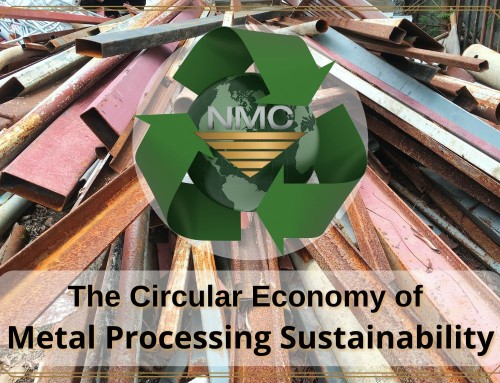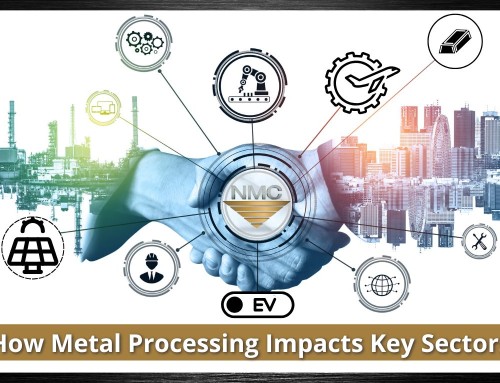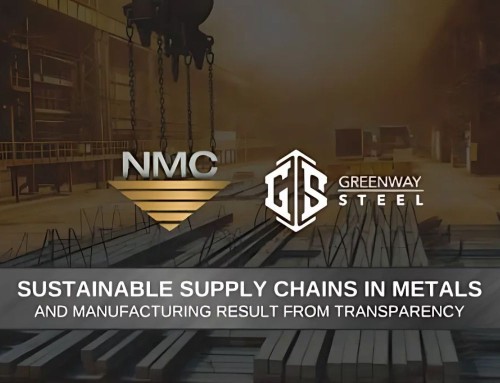The Sun is one of the many powerful forces in our universe and an abundant source of energy. It also nourishes a variety of ecosystems through photosynthesis, while the heat it gives acts as a thermostat for our planet.
Throughout Earth’s history, mankind has found a way to harness the sun’s power to shape our lives. In 212 BC, it was believed that Archimedes, an ancient Greek mathematician, physicist, astronomer, and inventor came up with the infamous Archimedes’ heat ray. He purported to have devised a weapon that focuses the sun’s ray and burns attacking Roman ships during the Siege of Syracuse. Fast forward to today and we see vast fields of solar farms that provide renewable energy.
In today’s blog, we’ll survey the rise of solar trackers and the industry around it. we’ll also explore National Material Company’s (NMC) role in helping solar tracker manufacturers continue their valuable contribution to green energy.

A Brief Description: What is a Solar Tracker?
The principle behind a solar tracker is to maximize the efficiency of solar energy capture. This is done by orienting solar panels or mirrors to follow the sun’s path throughout the day. As we all know, the sun moves as the earth rotates on its axis resulting in movement from east to west. Meanwhile, the Earth’s axial tilt results in the sun’s position changing with the seasons — moving it from north to south.
Two Main Types of Solar Trackers
There are two main types of solar trackers: single-axis and dual-axis. Single-axis trackers move the solar panels or mirrors either in a north-south direction (azimuth) or east-west direction (elevation). Dual-axis trackers, as the name suggests, can move in both directions, allowing for more precise solar tracking.
The main goal is to keep the solar modules perpendicular to the incoming sunlight. This ensures that they receive the maximum amount of solar radiation possible. Ultimately, it increases the overall efficiency and output of solar power generation.
Now that we know how it works, what is the steel industry’s role in this orchestra of power generation?
How Steel Plays a Role in Green Energy
Steel’s many properties make it the go-to material for solar tracker manufacturers. The majority of a tracker’s parts (axes, frames, racks, support poles, and mounts – among others) are made of steel. However, it’s imperative to choose the right kind of steel. Exposure to corrosive elements means an increase in maintenance charge as these systems are not set-and-forget products.
With the right steel alloy, the lifespan for solar tracking equipment can be up to 25 years. To reach optimal years of service, solar tracker manufacturers must consider the great significance of choosing the right steel. In doing so, they will reduce maintenance labor and overall cost. Another consideration, they need an excellent supply chain provider for their systems.
The Power of Galvanized Steel
The most widely used alloy by the solar energy industry today is galvanized steel. This is due to its proven capability of protecting metals from corrosion. Galvanization coats steel with zinc, creating a barrier that shields the alloy from harsh elements. It is particularly well-suited for solar trackers installed in areas with high humidity. Clearly, this type of steel is a fit for coastal regions, or places prone to atmospheric deterioration.
Click HERE to visit NMC partner company National Galvanizing and view their galvanizing capabilities.

Pickling, another process that protects steel, removes impurities such as rust and scale, from the surface of the material. During pickling, the steel coil is immersed in an acid solution that chemically reacts with the surface, dissolving the impurities and leaving behind a clean and smooth surface.
With these processes developed by the steel industry throughout the years, shifting gears toward a sustainable source of energy is feasible more than ever. In addition, advances in technology and governments incentivizing companies who subscribe to green alternatives has influenced the trend.
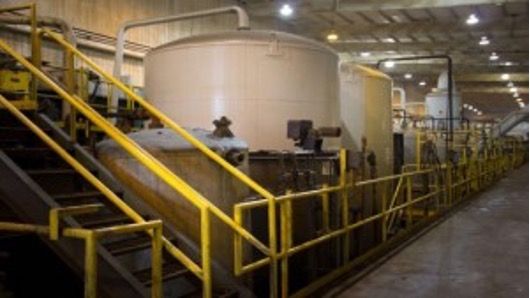
Highest Quality Products for The Solar Tracker Industry
According to Fortune Business Insights, the global solar tracker market was valued at $6.94 billion in 2022. It is projected to grow from $7.88 billion in 2023 to $19.61 billion by 2030. NMC, one of the largest steel service centers in the U.S., is leading the way in providing the highest-quality galvanized steel in the market. As a result, they are aiding the solar energy industry in their noble cause, which aligns with one of NMC’s core values. Their Galvanized steel coils for stamped components (clamps/brackets), pickled steel coil, and oil coil for torque tube in line galvanized products are sought after for their strength, formability, and resistance to corrosion.
With over 50 years of expertise, National Material Company aims to bring your vision to life by leveraging its capabilities and the benefits of partnering with them.
- Ability to galvanize up to .24” x 40” x coil to G235 coating weight
- Ability to coat up to .170”x 48” x Coil up to G235 coating weight
- Experienced in managing JIT supply chain programs for OEM’s
- Close proximity to the producing mills
- Domestic Content to help meet IRA tax credits
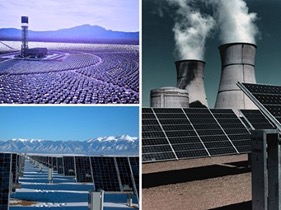
More About NMC
National Material Company is part of the National Material Limited Partnership (NMLP) steel division — one of the largest independent steel service centers in the United States. NMLP operates 16 steel service centers and processing facilities in the United States, Canada, and Mexico. They ship over 2,000,000 tons of steel annually.
ISO-9002 Certified, NMC operates ten of these steel processing facilities. These service centers are located in the U.S. and Mexico. Consequently, these locations are a key advantage for their customers in terms of logistics and cost.
NMC is also part of the National Minority Supplier Development Council Inc.®. NMSDC® is the longest-operating business growth engine for the broadest group of systematically excluded communities of color (Asian-Indian, Asian-Pacific, Black, Hispanic, and Native American).
National Material Company takes pride in being one of the most versatile, competitive, and sustainable steel manufacturing companies in North America. NMC has a wide array of steel processing capabilities and steel supply chain management expertise. Add customer service and NMC makes the perfect partner for your metals processing needs.
To reach us and learn about our services, visit https://www.nationalmaterial.com/company/ or give us a call at (U.S.) 847-806-7200.

